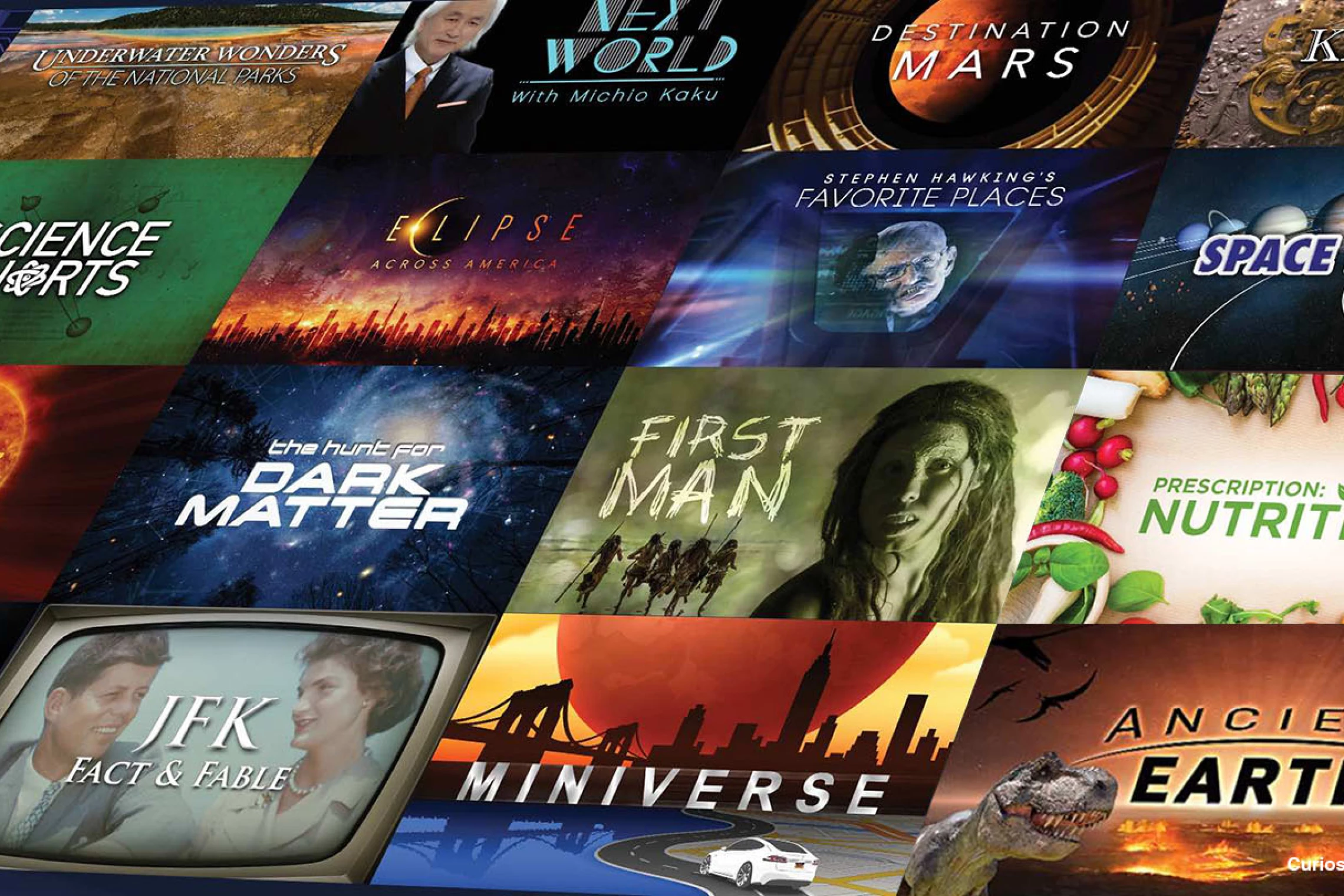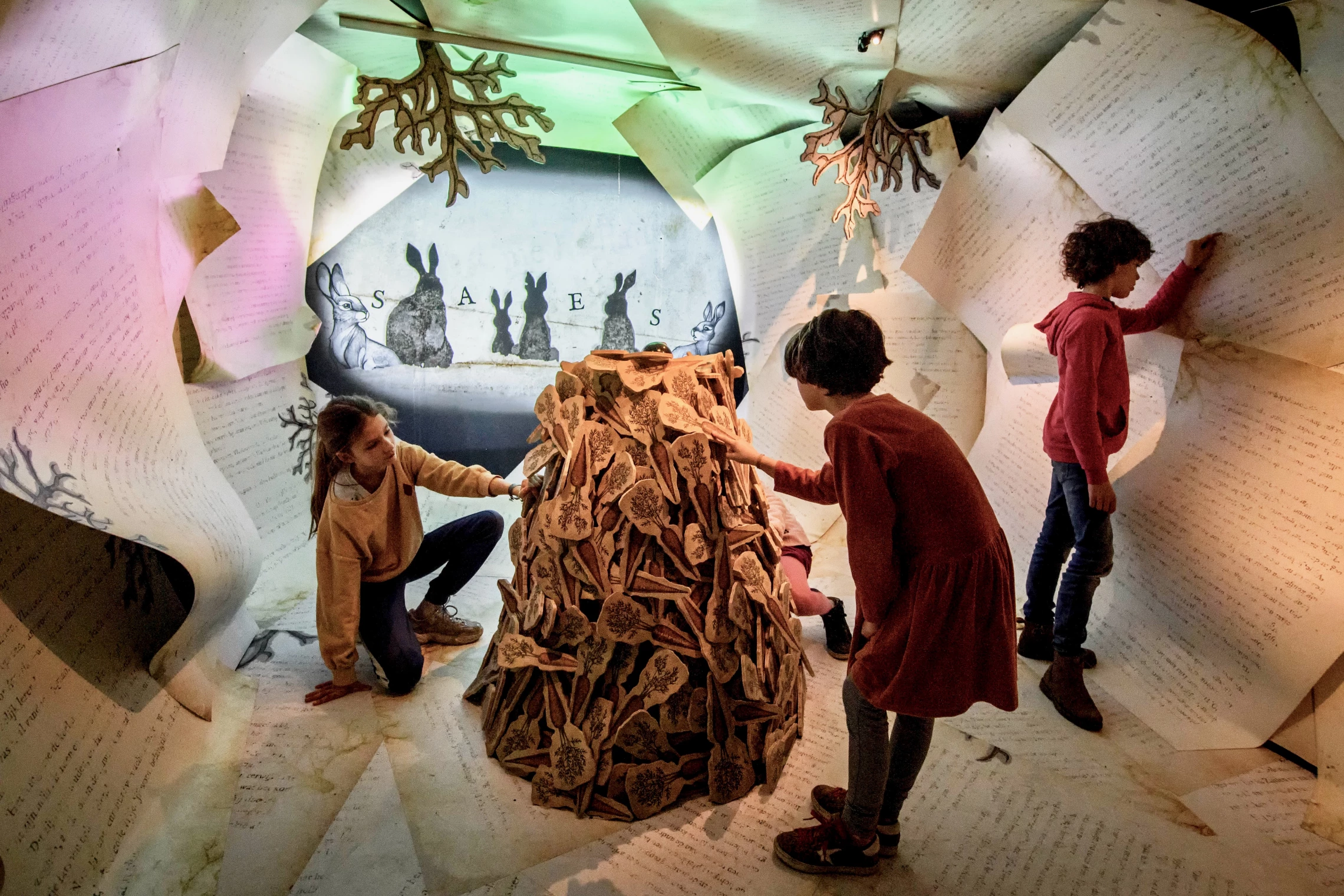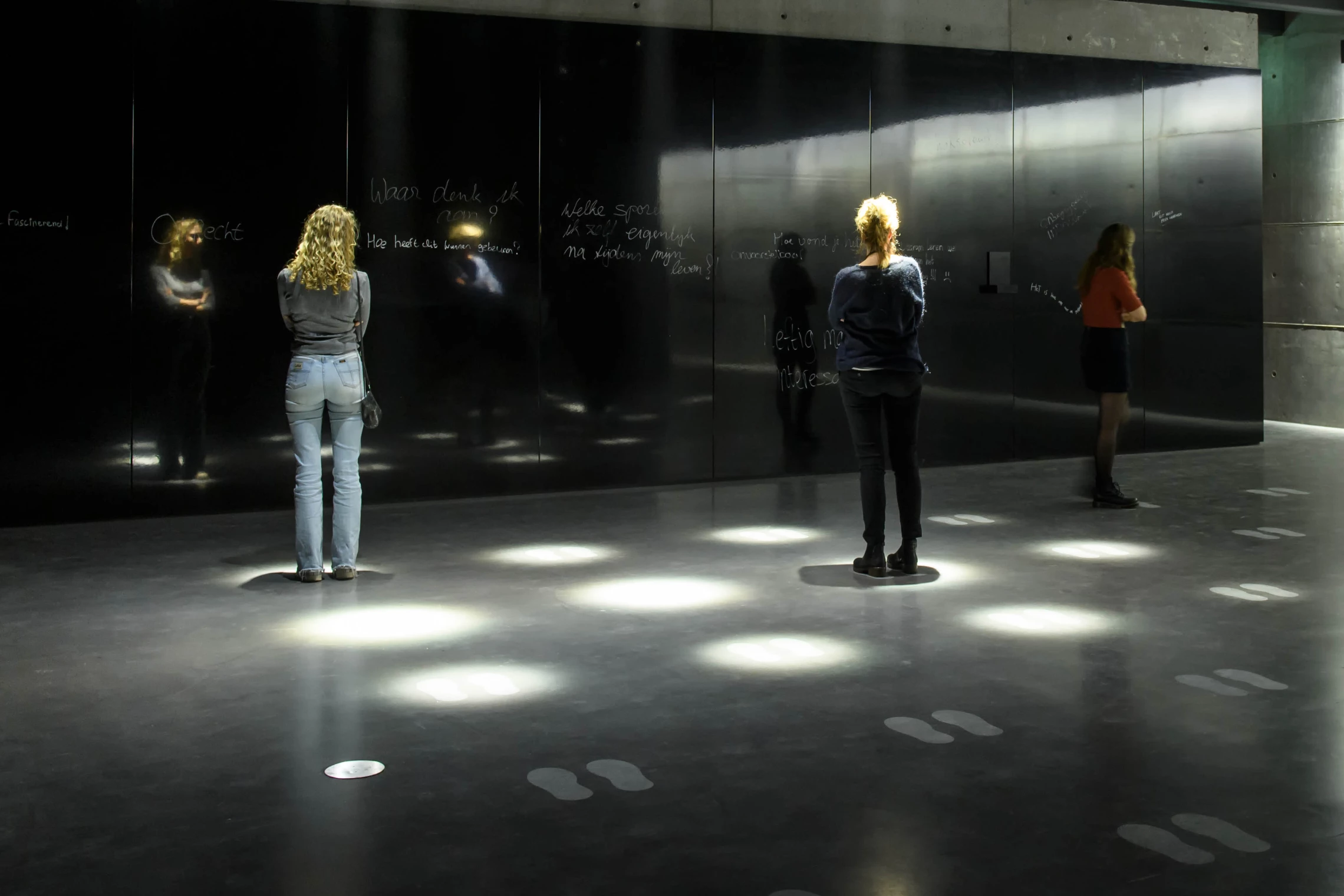we are experience designers
experience design in the post corona age
back to work! (1)
When our cultural institutions reopen their doors to the public, some things have changed forever. The invasion of digital media into our living rooms is forcing museums and other destinations to rethink their offerings. In a series of posts, I'll explore what may have changed and how smart museums are taking advantage of it.
A new dawn. It is spring 2021 and the pandemic seems to have entered its final stage. Thanks to the miracles of medical science, the world will soon open up to us and our dear visitors. We will end our forced staycations and return to the outside world with fresh eyes. What does that world look like? This is worth a little daydreaming, the appropriate thing to do when you miss someone or something.
At first, the world might look like it did in the good old times. Visitors, or guests for that matter, will come again in high numbers, eager to immerse themselves in the wonderful worlds that museums can stage. Of course, some new ruling will apply regarding hygiene and social distancing. Exhibitions will be set up in a slightly different way. But for the rest, it will be business as usual. Or will it?


An intimate revolution. In the year that is behind us, we have all witnessed an existential revolution, or, better to say, we participated in one. Digital media have totally pervaded our private lives. The lion’s share of cultural content is now delivered in digital format. For me, it wasn’t the worst time to be locked indoors. Never before have so many pleasant media channels been available to satisfy my hunger for news, learning and inspiration. Yes, I grumbled at video conferencing and I suffered from Netflix overdose more than once. But only imagine if they had not been there!
Nevertheless, it was intense. For the first time in history, the screen, the keyboard and the headphones were the major channels for our cognitive feed. Of course, the wild world is waiting for us and soon we will engage in activities that are not screen based. But the permanent, almost intimate relationship with online media will be with us - probably for good.Several mseums put their entire collection online, solving the problem of accessibility to their now empty galleries.
Several museums put their entire collection online, solving the problem of accessibility to their now empty galleries.
Commoditized offerings. Institutions of cultural storytelling took part enthusiastically in this turn. In the Netherlands, several museums put their entire collection online, solving the problem of accessibility to their now empty galleries. Some of them even offer virtual tours. Now everyone is able to enjoy high culture in their jogging suits on the sofa. The same goes for school programming that is now prepacked in digital suites. This all means that several functions of museums are now digitalized at a high level of sophistication and at a very low price. Apart from this, the story behind any conceivable topic is provided by social channels like Labster.com or CuriosityStream. The latter offers some 15.000 documentaries for 20 dollars a year.
At first, this might look like a threat. Why would visitors go to a museum or a theatre if they can visit it from their lazy homestay, enjoying all its comforts while saving time and money? How do you trigger children to go outside and discover new things, when Discovery Channel is streaming in 4K? All parents are familiar with this issue. But it is not only their children who are hooked on the screen. Post-corona museums will compete in a world in which cultural storytelling has almost become a commodity.


One could say that museums now have the opportunity to show their unique strengths, irreplaceable by digital means.
The flipside. Of course, this one is flippable: for the same reason one could say that museums now have the opportunity to show their unique strengths, irreplaceable by digital means. Space, presence, communion and outdoor adventure: many experiences we dearly miss now are potentially available in museum buildings. If we manage to strengthen those, we fulfil deep needs in society. Just ask yourself: what are people missing in their day-to-day experience? A lot of that can be compensated for by their next visit to a museum.
To reconcile both extremes, the digitalization of cultural storytelling and the reinvigorated need for outdoor adventure, museums will have to reconsider their key offerings. Everything that can be online is online by now. No one needs their touch screens anymore, nor their encyclopedic storytelling. But they offer something far better: the immersive, authentic and social experience of being inside a story. They should focus on that and forget everything else.
Museums offer something far better: the immersive, authentic and social experience of being inside a story.


The psychology of space. Locked in my study, I think a lot about the psychology of space. For fourteen months now, I have been supposed to dream up places of inspiration, while not being allowed to visit one. This missing makes the power of intentionally designed environments manifest. When I do visit such a place - a barely legal action at this point in time - I am often bewildered by the great impact it has on my mood. Dimensional spaces, sculpted in the hands of an architect, inform, shape, illuminate our inner spaces, our subjective experience. That is a magnificent quality and everyone now sitting at home is craving for that. The same goes for the power of objects and collections, the power of design and the power of collective attention to a story. They are phenomena that deserve our deep fascination and playful spirit.
We are freed from the burden of cognitive design that prompts us to convey data from our sources in the heads of our visitors.
This is why I expect a new wave of museum-making in the years to come. We are freed from the burden of cognitive design that prompts us to convey data from our sources in the heads of our visitors. They have all that data at home now. We are also freed from the media burden, that made us compete with iPads and Nintendo’s. What stays is the old profession of temple architecture, now applied to the temples of the muses. I coin it Post Covid Experience Design. It is design based on the core qualities of built environments.
The end of the Corona period is the perfect moment to start with. Our minds, now saturated by Netflix Originals, are hungry for the Real. And museums are, if anything, about the Real. They translate our collective stories into otherworldly adventures. Well, maybe not otherworldly but different from my living room and that is enough for now.
This is the first article in a series about experience design in the post corona age.
Read more about experience design.